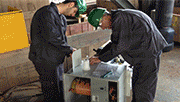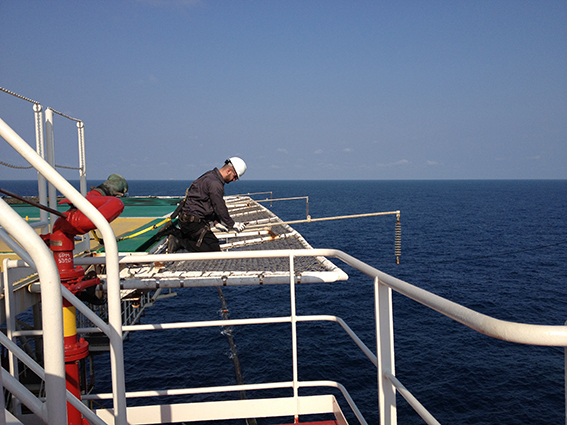TASHKOO NDB Systems
Non-Directional Beacon (NDB) transmitters are ground-based, radio transmitters operate in MW band between 190-1250 KHz and 1600-1800 KHz.
A NDB normally would be installed along side of landing strips of airports or in a location closed to a helipad. The main function of NDB is to transmit an omni-directional location signal (beacon) with an assigned identification code. Pilots of approaching airplanes or helicopters receive the transmitted signal using a MW receiver called Automatic Direction Finder (ADF) to located the destination airport or helipad. The ADF determines the relative NDB direction to the aircraft. The ADF needs to be tuned on NDB frequency to indicate the heading to the land station. The ADF or Automatic Direction Finder simply consists of a needle which points toward the NDB.



